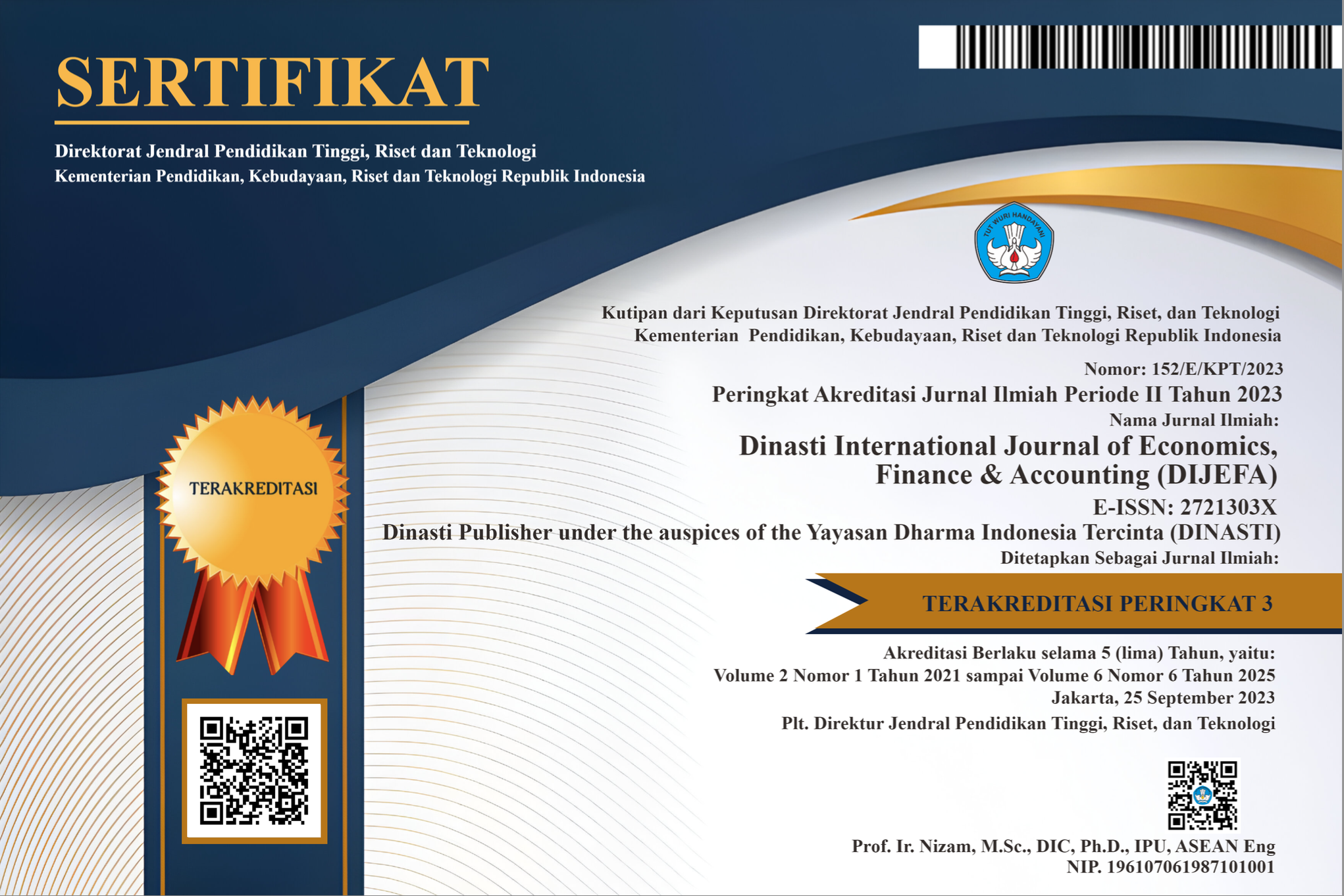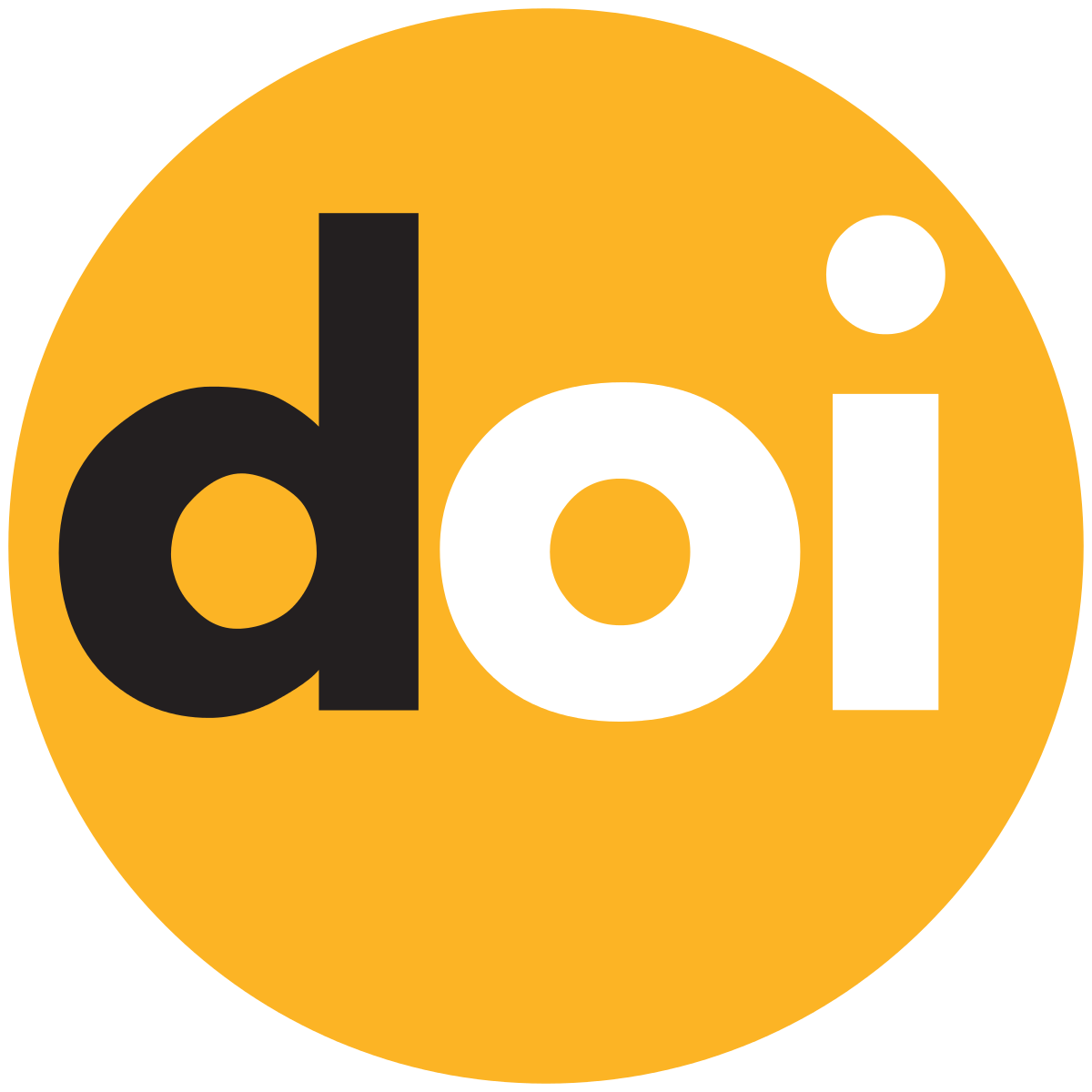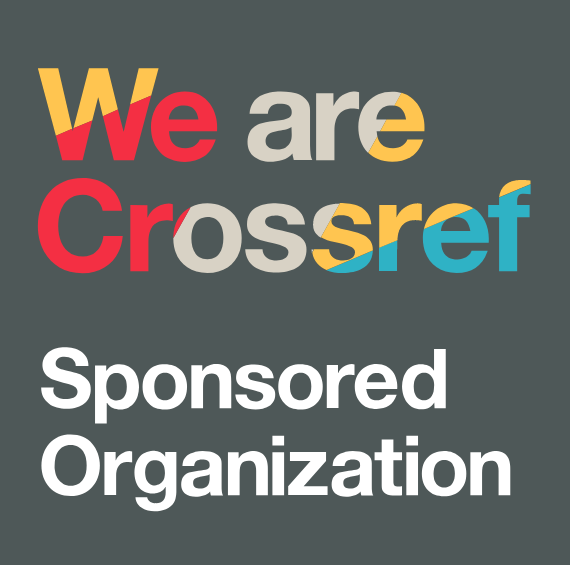Palm Farmers' Strategies In Increasing Income Reviewed From Post Transformation Maqashid Syariah
DOI:
https://doi.org/10.38035/dijefa.v5i2.2603Keywords:
Transformation, Palm Oil, Income, Maqashid SyariahAbstract
This research aims to find out the main priority strategies for oil palm farmers in increasing income in terms of post-transformation sharia maqashid in Labuhanbatu district, North Sumatra province by presenting the internal and external conditions that have been carried out so far which have been discussed with relevant experts. The method in this research uses a qualitative approach with SWOT analysis and the QSPM method. This research used questionnaires and interviews with 10 respondents divided into 5 SWOT respondents and 5 QSPM respondents. From the results of the SWOT analysis, it can be ascertained that the strategy obtained after processing it in the IFAS and EFAS matrices is a progressive strategy. This strategy means that you can maximize your strengths and take advantage of opportunities. Furthermore, the QSPM analysis showed that the main priority strategy that must be implemented is strategy number 2 with a TAS value of 5.565, namely the role of agricultural instructors is maximized so that farmers' knowledge and abilities increase and they can work well.
References
Al-Qaradhawi, S. D. Y., & Alkautsar, P. (2017). Fiqih Maqashid Syariah: Islamic Moderation Between Textual and Liberal Schools. References Al-Kautsar. https://books.google.co.id/books?id=HahcDwAAQBAJ
Annisa, N., & Harahap, I. (2023). Analysis of Green Economic Development on an Agricultural Basis with the Implementation of Maqashid Syariah in North Sumatra. Al-Kharaj?: Journal of Sharia Economics, Finance & Business, 5(5), 2535–2543. https://doi.org/10.47467/alkharaj.v5i5.3505
Arifin. (2015). Introduction to Agricultural Economics. Bandung: Mujahid Press. https://books.google.com/books?hl=en&lr=&id=RQ_mXpuCl9oC&oi=fnd&pg=PA49&dq=pertanian&ots=nqoeNfb51V&sig=D0hXjI5s1qSDouQFAmcUx4Drr4Y
Arikunto, S. (1998). Research procedure ?: A Practice Approach. Jakarta: Rineka Cipta.
Astri, N., & Sukohar, A. (2019). Effect of Pineapple Extract (Ananas Comosus(L) Merr) as an antihelminthic. Journal Agromedicine, 6(1), 173–179.
Astuti, A. W. W., Fakhruddin, & Sutarto, J. (2012). The Role of Housewives in Improving Family Welfare (A Study of Fulfilling Children's Educational Needs for 5 Guava Traders in Bejen Village, Bejen District, Temanggung Regency). Empowerment of Street Children (Descriptive Research on the Dream House NGO in Kalasan Sleman), 1(1), 41–49.
Auda, J. (2015). Grounding Islamic Law Through Maqasid Sharia. Bandung: Al Mizan.
Bakri, A. J. (1996). The concept of maqashid shari'ah according to Al-Syatibi. Jakarta: PT. Raja Grafindo Persada.
Boediono. (2012). Introduction to Economics. Jakarta: Erlangga.
Boone, L. E., & Kurtz, D. I. (2007). Introduction to Contemporary Business 1 (ed. 11). Publisher Salemba. https://books.google.co.id/books?id=atmwtFiCiHwC
BPS. (2021). Indonesian Palm Oil Statistics 2021. https://www.bps.go.id/id/publication/2022/11/30/254ee6bd32104c00437a4a61/statistik-kelapa-sawit-indonesia-2021.html
BPS. (2021). Indonesian Rubber Statistics 2021. https://www.bps.go.id/id/publication/2022/11/30/d5b4f514cb426ec27abeebd0/statistik-karet-indonesia-2021.html
Chan, Y., Chong, M.-F., & Law, C. (2013). Optimization Of Palm Oil Mill Effluent Treatment In An Integrated Anaerobic-Aerobic Bioreactor. Sustainable Environment Research, 23, 153–170.
Chapra, M. U. (2001). The Future of Economics: An Islamic Review. Gema Insani Press. https://books.google.co.id/books?id=W9Ma9LAG91EC
Chen, B., & Lin, C. (2007). Cost Management 1 Edition 3 Translation. Jakarta: Salemba Empat.
Creswell, J. W., & Fawaid, A. (2014). Research Design: Qualitative, Quantitative and Mixed Approaches Edition 3. Yogyakarta: Pustaka Pelajar.
Dahlan, A. R. (2010). Ushul Fiqh. Jakarta: Amzah.
David, F. R. (2015). Personal Swot Analysis. Jakarta: Gramedia Utama.
David, M. E., David, F. R., & David, F. R. (2017). The Quantitative Strategic Planning Matrix: A New Marketing Tool. Journal of Strategic Marketing, 25(4), 342–352. https://doi.org/10.1080/0965254X.2016.1148763
Elondri, & Gustika, R. (2013). Segmentation, Targeting and Positioning Analysis in Increasing Sales of Pioneer Brand Corn Seeds. In e-Jurnal Apresiasi Ekonomi (Vol. 1, Issue 2, pp. 110–118).
Embisa, Y. A., Tendean, L., & Zuliari, K. (2016). The effect of consuming pineapple (Ananas comosus L. Merr) on reducing plaque index in children aged 10-12 years at SD Inpres 4/82 Pandu. E-GIGI, 4(2). https://doi.org/10.35790/eg.4.2.2016.13769
Erianto, R. (2022). Analysis of the Impact of Commodity Switching from Pineapple Plants to Palm Oil Plants on the Environment and Farmers' Welfare (Case Study in Labuhan Bilik Village, Central Panai District, Labuhan Batu Regency). 2(1), 498–517.
Evizal, R. (2014). Basics of Plantation Production. Yogyakarta: Graha Ilmu.
Fauzia, I. Y. (2014). Basic Principles of Islamic Economics from Maqashid Al-Syariah Perspective. Kencana. https://books.google.co.id/books?id=Vju2DwAAQBAJ
Febrianti, O. V., & K, M. S. (2014). Proposed Alternative Strategy of PT. X Using Quantitative Strategic Planning Matrix (QSPM). Graduate Unpar, Vol. 1, No(1), 1–12. http://infopijar.wordpress.com/
Gall, J. P., & Borg, W. R. (2007). Educational Research: An Introduction, 8th Edition. Pearson.
Griffin, R. W. (2004). Management, 7th edition, volume 1. Erlangga. https://books.google.co.id/books?id=F_cZM9PXm3UC
Gunawan, I. (2013). Qualitative Research Methods: Theory and Practice. Bumi Aksara. https://books.google.co.id/books?id=AqSAEAAAQBAJ
Hidayat, P. (2008). Technology for Utilizing Pineapple Leaf Fiber as an Alternative Textile Raw Material. Teknoin, 13(2), 31–35. https://doi.org/10.20885/teknoin.vol13.iss2.art7
Hunger, D. J., & Wheelen, T. L. (2003). Strategic Management. Yogyakarta: Andi
Ikatan Akuntansi Indonesia. (1994). Financial Accounting Standards. Jakarta: Salemba Empat.
Inayati, T., Evianah, & Prasetya, H. (2018). Strategy Formulation Using SWOT Analysis in Micro, Small and Medium Enterprises (Case Study of MSMEs for Shoe Products in Mojokerto, East Java). Seminar Nasional Manajemen Dan Bisnis Ke-3, 217–231.
Indriani, E. A. E. (2007). Economics and Accounting: Building Economic Competence. Bandung: PT Grafindo Media Pratama. https://books.google.co.id/books?id=gtjJEuA4CDcC
Janitra, I. M. D. P., & Pramudana, K. A. S. (2016). The Influence of Demographic Variables in Perception of Product Quality on Purchase Decisions for Philips LED Green Products in Denpasar City. E-Jurnal Manajemen UNUD, 5(8), 5013–5040.
Jauch, L. R., & Glueck, W. F. (1999). Strategic Management and Company Policy. Jakarta:: Erlangga.
Jevti?, M., Demirovi?, R., & Marinkovi?, S. (2016). Evaluation And Selection Of Technology Strategies Using Quantitative Strategic Planning Matrix. Technology and Innovation Management, 1428–1435.
Jiuhardi, Wijaya, A., & Nurjanana. (2023). Plantation business and development of palm oil production in Busang sub-district, East Kutai Regency. Journal of Economics, Management and Accounting, 25(1), 106–115.
Karim, A. (2011). Islamic Microeconomics: Third Edition. Jakarta: Raja Grafindo Persada.
Kasali, R. (2007). Targeting the Indonesian Market: Segmentation, Targeting, and Positioning. Gramedia Pustaka Utama. https://books.google.co.id/books?id=3UJ4c_dskHEC
Kotler, P., & Amstrong, G. (2008). Marketing Principles Vol 1. Jakarta: Erlangga.
Kuncoro, M. (2006). Strategy on How to Achieve Competitive Advantage. Jakarta: Erlangga.
Moleong, L. J., & Surjaman, T. (2011). Qualitative Research Methodology. Bandung: Remadja Karya. https://books.google.co.id/books?id=YXsknQEACAAJ
Mulyadi. (2001). Balanced Scorecard?: Contemporary Management Tools for Multipliers of Corporate Financial Performance. Jakarta: Salemba Empat.
Munadi, F. A. (2013). Marketing Strategy Analysis to Increase Motor Vehicle Sales at CV Turangga Mas Motor. Journal of Economics, 1–14.
Nasution, M. E. (2010). Exclusive Introduction: Islamic Economics. Bandung: Kencana.
Nurmala, T., Suyono, A. D., Natasasmita, S., & Simarmata, T. (2011). Introduction to Agricultural Science. Yogyakarta: Graha Ilmu.
Osita, I., Onyebuchi, I., & Nzekwe, J. (2014). Organization’s Stability And Productivity: The Role Of SWOT Analysis An Acronym For Strength, Weakness, Opportunities And Threat. International Journal of Innovative and Applied Research, 2((9): 23-32), 1–12. http://www.journalijiar.com
Pakpahan, C. C. (2022). Positive Impact of Pineapple Farming on Tourist Destinations. Journal of Agricultural Sociology and Agribusiness, 5(1), 33–43.
Prathama, R., & Manurung, M. (2010). Introduction to Economics (Microeconomics & Macroeconomics). Lembaga Penerbit FEUI.
Purwandari, S. (2015). Quantitative Strategic Planning Matrix (QSPM) Analysis as a Foundation for Determining Marketing Strategy at Citra Medika Sukoharjo Vocational School. 1, 1–9. https://www.toolshero.com/strategy/quantitative-strategic-planning-matrix/
Putra, D. S., & Putra, A. (2014). Analysis of Palm Oil Liquid Waste Pollution Based on Metal Content, Conductivity, TDS and TSS. Jurnal Fisika Unand, 3(2), 96–101.
Putri, N. E., Astuti, R., & Putri, S. A. (2014). Restaurant Development Strategy Planning Using SWOT Analysis and QSPM (Quantitative Strategic Planning Matrix) Method (Case Study of Big Burger Malang Restaurant). Jurnal Industria, 3(2).
Rahmani, A. (2019). Water Management in the Food Industry. Journal of Chemical Engineering, December, 1–13.
Rahmani, N. A. B. (2016). Economic Research Methodology. Medan: FEBI UIN-SU Press.
Rahmat, D., Ratih L., D., Nurhidayati, L., & Bathini, M. A. (2016). Increased Antimicrobial Activity of Pineapple Extract (Ananas comosus (L.). Merr) with the Formation of Nanoparticles. Journal of Science and Health, 1(5), 236–244. https://doi.org/10.25026/jsk.v1i5.45
Rangkuti, F. (2002). Creating Effective Marketing Plan?: Techniques for Creating Marketing Plans Based on Customer Values and Case Analysis. Jakarta: Gramedia Pustaka Utama. https://books.google.co.id/books?id=goOQit6XzZwC
Rangkuti, F. (2005). Swot Analysis Techniques for Dissecting Business Cases. Jakarta: Gramedia Pustaka Utama. https://books.google.co.id/books?id=UHV8Z2SE57EC
Rohmad, & Supriyanto. (2016). Introduction to Statistics: A Practical Guide for Teachers and Students.Yogyakarta: Kalmedia.
S, M. D. A. (2018). Use of Pineapple Leaves as Raw Material for Making Colored Art Paper. TANRA: Journal of Visual Communication Design, Faculty of Arts and Design, Makassar State University, 5(1), 13. https://doi.org/10.26858/tanra.v5i1.5792
Samuelson. (2004). Macroeconomics (Edisi Ketujuh). Surabaya: PT Media Edukasi.
Sangadji, E. M., & Sopiah. (2010). Research Methodology Practical Approach to Research. Yogyakarta: Andi Offset.
Saraswati, M., & Widaningsih, I. (2008). Be Smart Ilmu Pengetahuan Sosial. Bandung: PT Grafindo Media Pratama. https://books.google.co.id/books?id=kLkptrb-LQQC
Sarsby, A. (2016). SWOT Analysis. Spectaris Limited. https://books.google.co.id/books?id=Yrp3DQAAQBAJ
Soeratno. (2007). Economic Theory and Its Application. Jakarta: PT Gramedia.
Sugiyono. (2015). Statistics for Research. Bandung: Alfabeta.
Sulila, I. (2015). Implementation of Public Service Dimensions in the Context of Regional Autonomy.Yogyakarta: Deepublish.
Suwiknyo, D. (2009). Complete Dictionary of Islamic Economics. Yogyakarta: Total Media.
Syahatah, H. (2001). Principles of Islamic Accounting Thoughts. Jakarta: Akbar Media Eka Sarana.
Tanzeh, A. (2009). Introduction to Research Methodology. Jakarta: Teras.
Taufiqurokhman, T. (2016). Strategic Management (Issue August). Faculty of Social Science and Political Science.
Umar, H. (2001). Strategic Management in Action. Jakarta: Gramedia Pustaka Utama. https://books.google.co.id/books?id=i1jGIZWnAgwC
Widarti, D. M. R., Nazaruddin, M., & Anizar. (2013). Increasing Production Cost Efficiency Using the Activity Based Management Method at Pt. Xyz. USU FT Industrial Engineering Journal, 4(1), 1–5.
Yusanto, M. I. (2009). Introduction to Islamic Economics. Jakarta: Rajawali Press.
Zulkarnaen, H. O., & Sutopo. (2013). Analysis of Marketing Strategy in Snack Food SMEs (Research Study of Barokah Snack SMEs in Solo). Semarang , Universitas Diponogoro, 2, 2013.
Downloads
Published
How to Cite
Issue
Section
License
Copyright (c) 2024 Ridho Erianto, Marliyah Marliyah, Zuhrinal M. Nawawi

This work is licensed under a Creative Commons Attribution 4.0 International License.
Authors who publish their manuscripts in this journal agree to the following conditions:
- The copyright on each article belongs to the author(s).
- The author acknowledges that the Dinasti International Journal of Economics, Finance & Accounting (DIJEFA) has the right to be the first to publish with a Creative Commons Attribution 4.0 International license (Attribution 4.0 International (CC BY 4.0).
- Authors can submit articles separately, arrange for the non-exclusive distribution of manuscripts that have been published in this journal into other versions (e.g., sent to the author's institutional repository, publication into books, etc.), by acknowledging that the manuscript has been published for the first time in the Dinasti International Journal of Economics, Finance & Accounting (DIJEFA).


























































